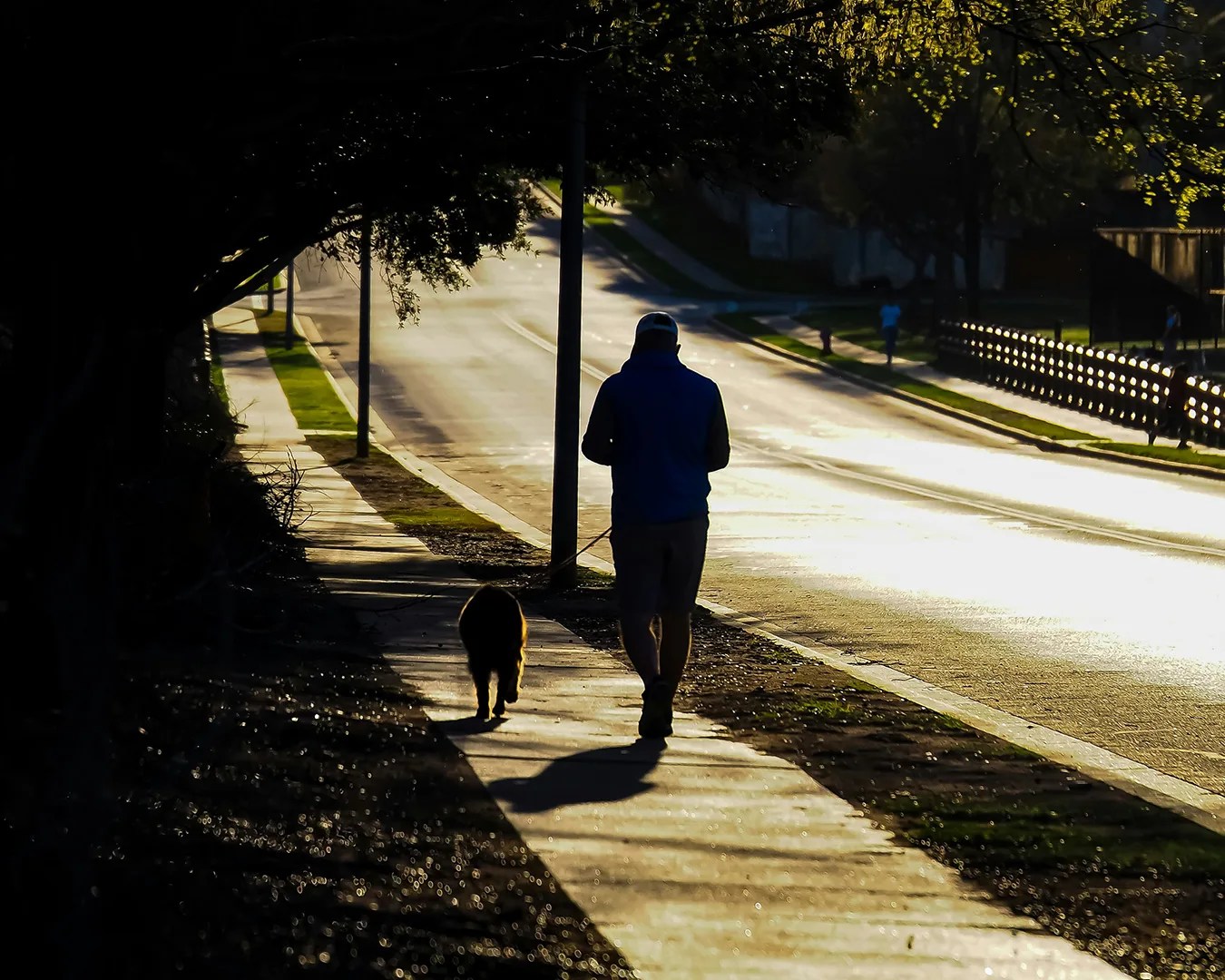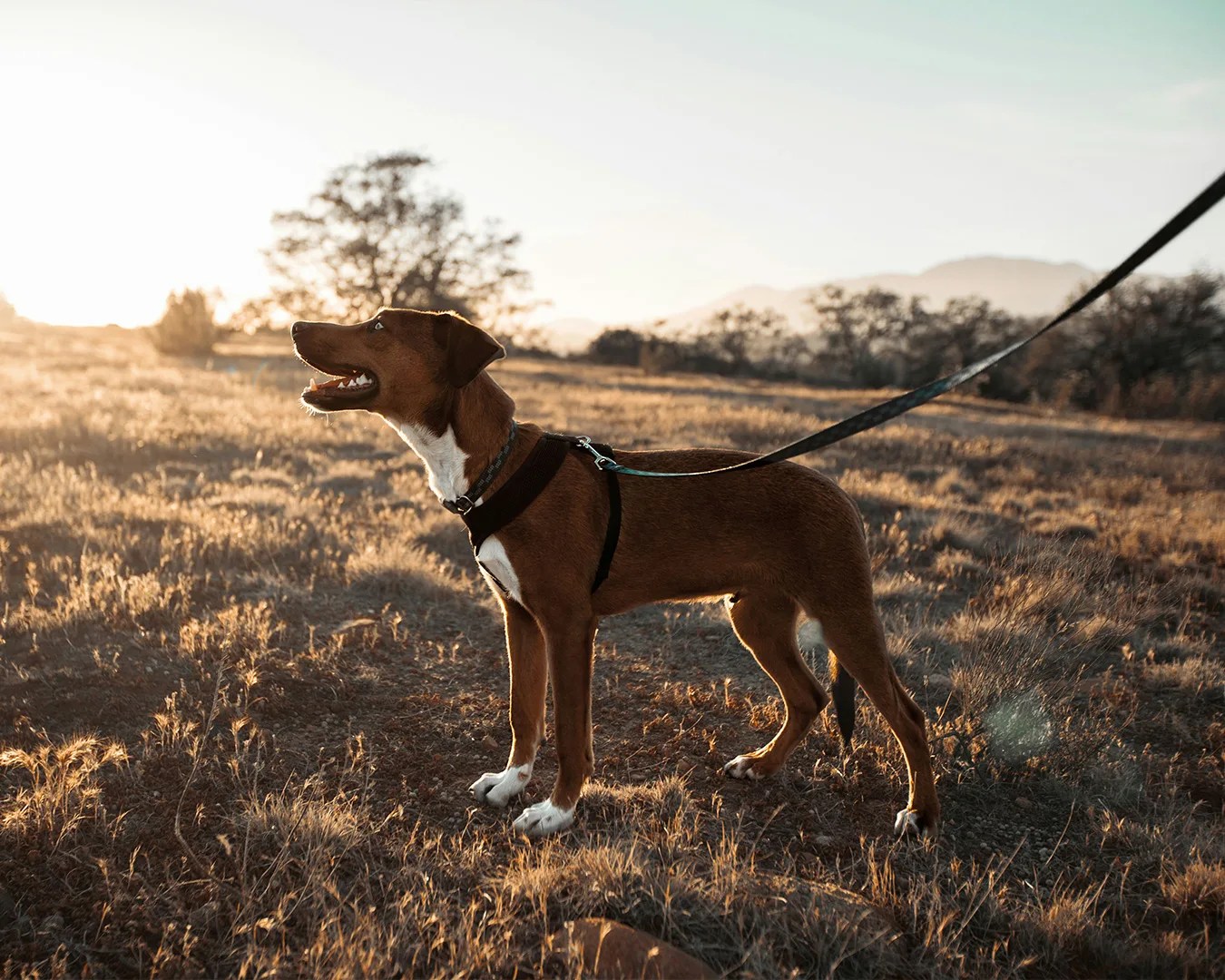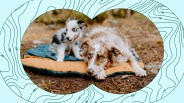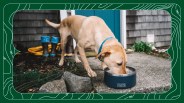While you’ve been mapping out training schedules, your dog has been napping in the sun. And forget those pricey Maurten gels; Bud’s been chomping the same dried food for every meal. And yet, they’ll kick your ass on any run … no stretching required.
Ego check aside, running with your dog can be a fantastic way to bond, mix up their routine and keep them active, which can be especially important for certain breeds.
But before you lace up your running shoes and clip on the leash, there are a few key factors to consider. From breed suitability to weather conditions, here’s what you need to know before hitting the pavement or trails with your canine companion.
Adventure’s Best Friend: This article is part of a series of stories and gear reviews about adventuring with dogs. Want more? Check out the complete collection.
1. Breed
Not all dogs are natural runners. Breeds like border collies, vizslas and heelers (which were literally bred to herd cattle over mountains) thrive on long-distance running. Others like bulldogs, pugs and dachshunds are better suited for shorter, slower outings.
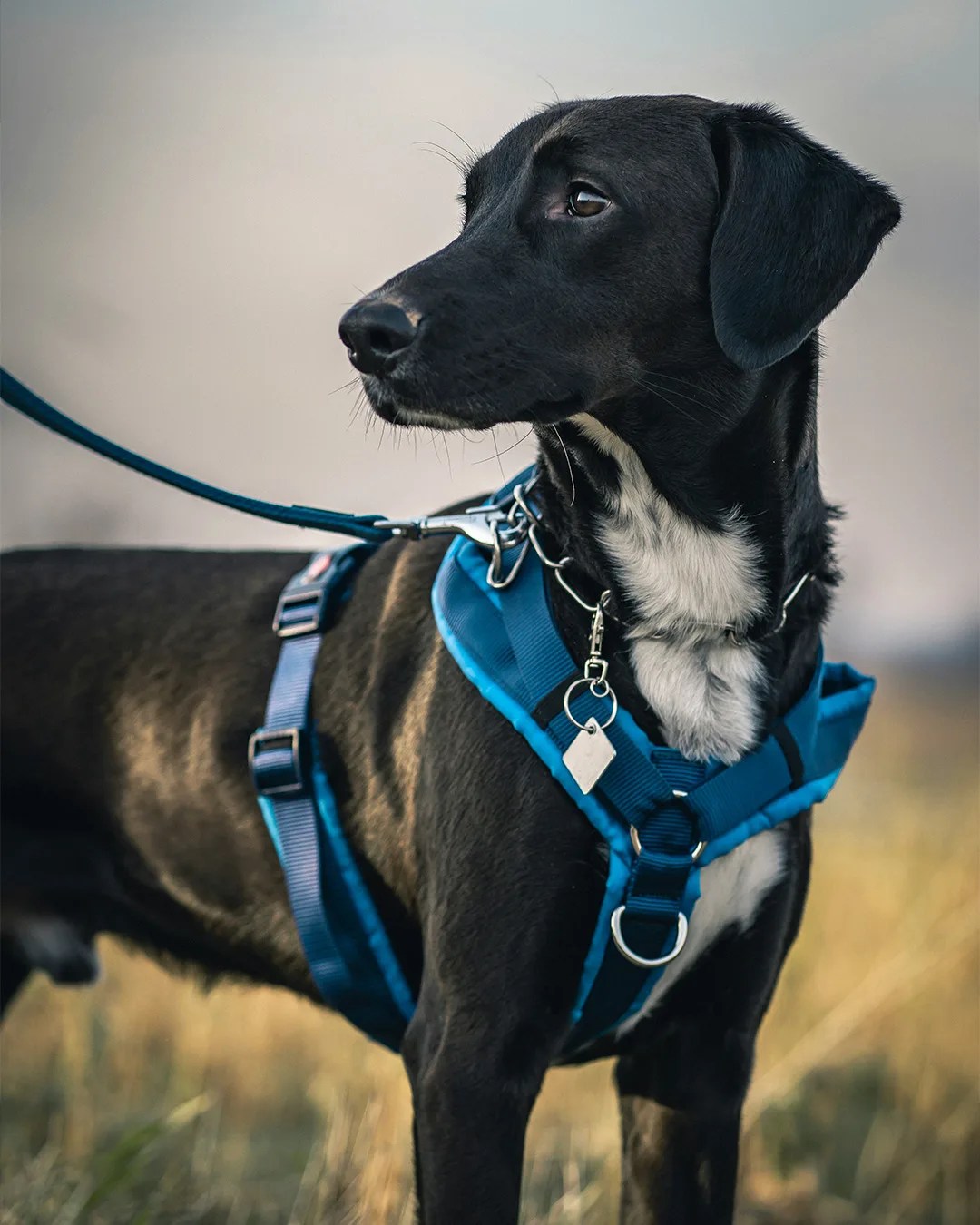
Consider your dog’s build, stamina and respiratory health before planning your first run. If in doubt, start slow.

